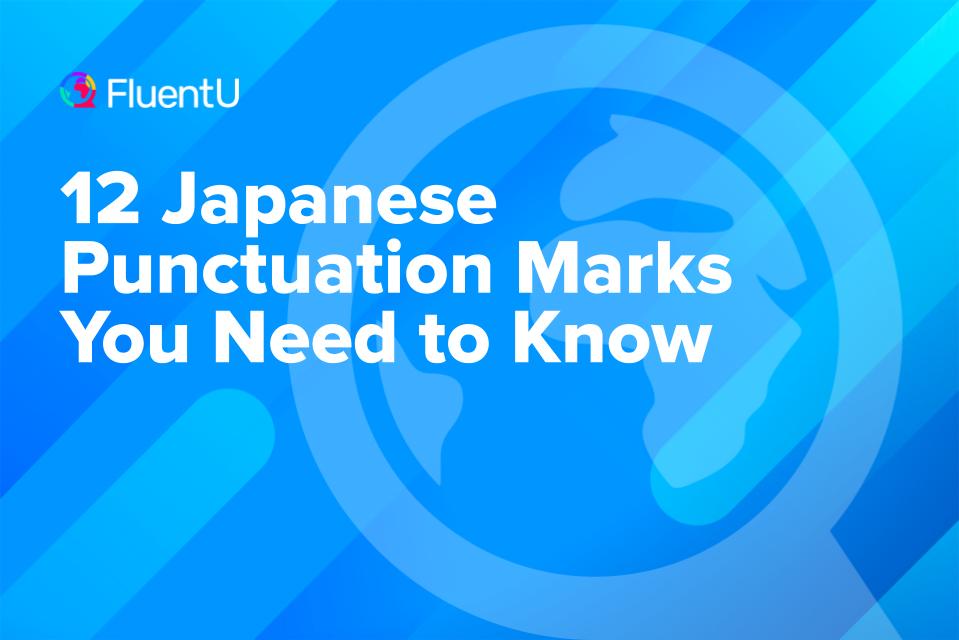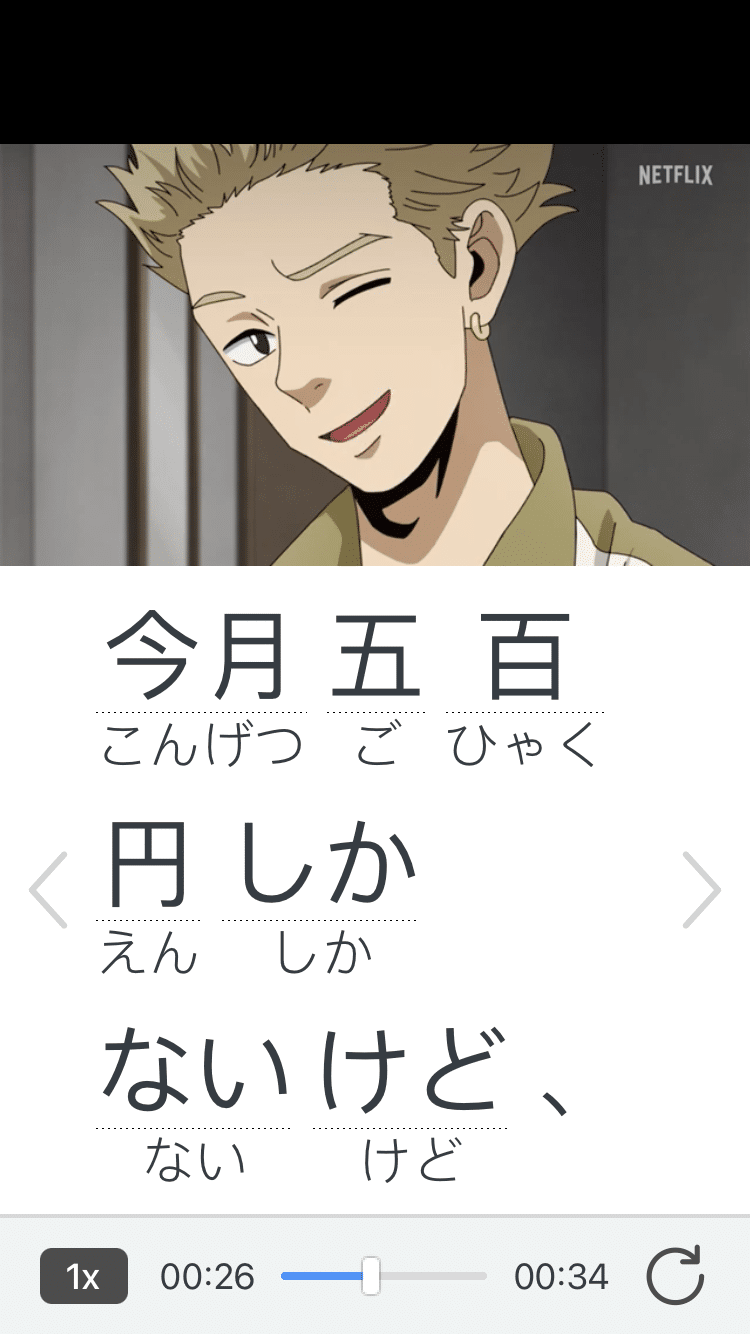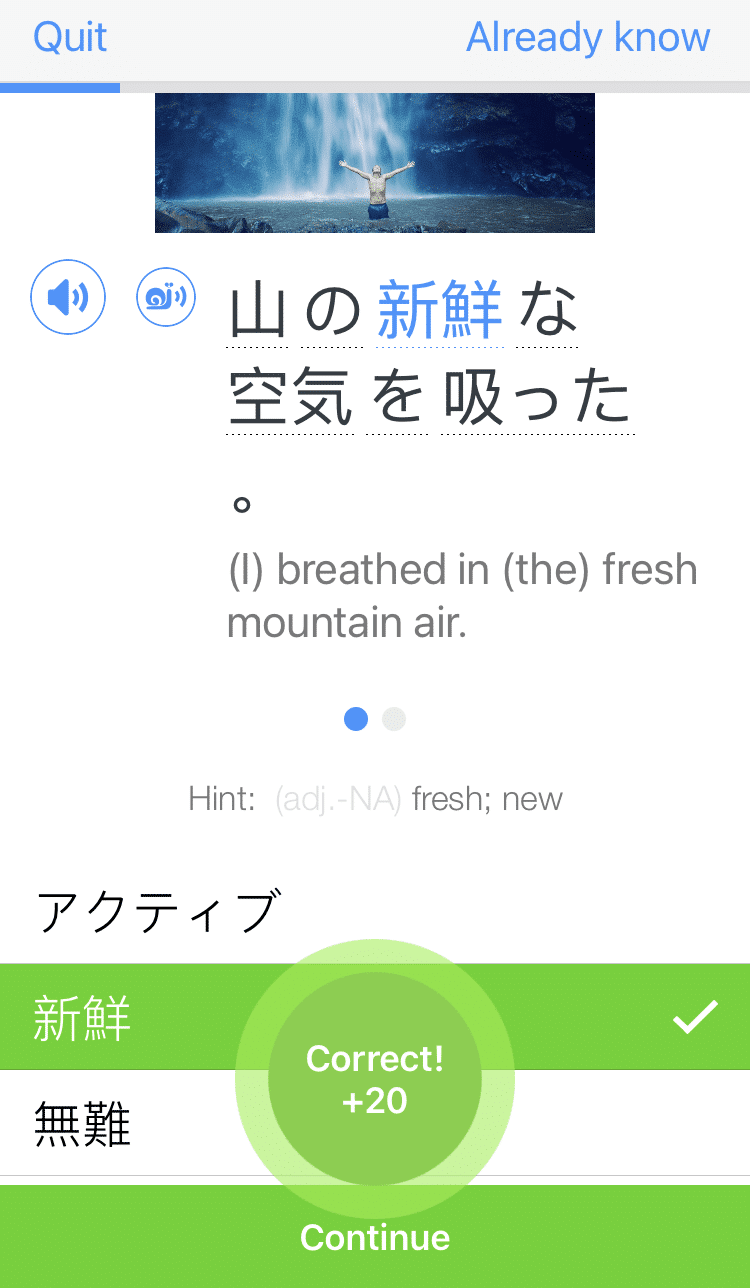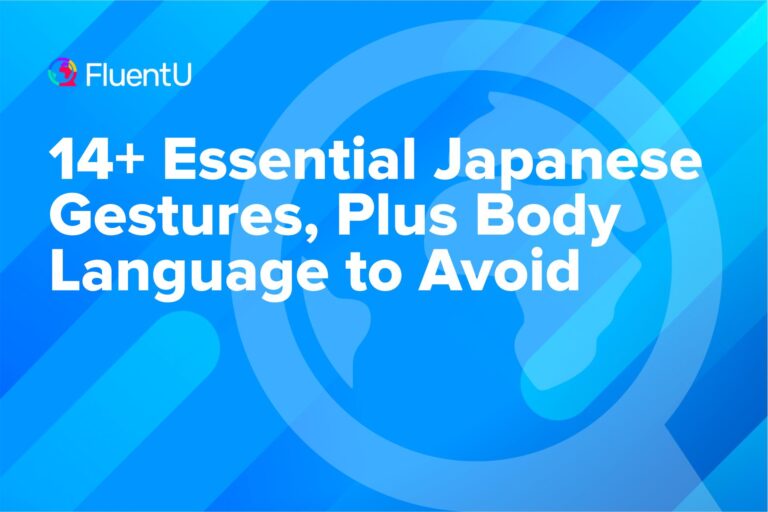12 Japanese Punctuation Marks You Need to Know

Japanese punctuation, also known as 約物 (やくもの) — yakumono, includes all the written marks in Japanese that aren’t numbers, 仮名 (かな) — kana or 漢字 (かんじ ) — kanji. Surprisingly, it’s a fairly recent addition to the language. In fact, it was barely used at all until Japan began translating texts from Europe in the 19th century.
Now, though, punctuation has become the final spice in the dish that is the Japanese language, and it’s vital for written communication.
Download: This blog post is available as a convenient and portable PDF that you can take anywhere. Click here to get a copy. (Download)
【 】— Lenticular Brackets
Lenticular brackets are known as 墨付き括弧 (すみつき かっこ) — sumitsuki kakko (ink-filled brackets) in Japanese.
These brackets are unique to Japan and aren’t used in English. As with all types of parentheses and brackets, lenticular brackets are used to interject or separate chunks of text from a sentence or paragraph.
These particular brackets are usually only found in typed Japanese so you’ll see them online pretty often.
They don’t have any one particular purpose, but they’re especially useful for really making the bracketed statement stand out.
Example:
If you’re on YouTube searching for music videos, you may come across titles like this one:
【音楽家の名前】曲名
(【 おんがくか の なまえ】きょくめい )
【ongakuka no namae】kyokumei
【 Musician’s Name】Song Title.
「 」— Singular Quotation Marks
鉤括弧 (かぎ かっこ) — kagi kakko (key brackets) are the Japanese equivalent of quotation marks.
In handwritten and typed Japanese, use these characters when denoting dialogue or quoting anything.
Example:
京子は「外に食べに行こう」と言いました。
(きょうこ は「 そとに たべに いこう」 と いいました 。)
Kyōko wa ‘soto ni tabe ni ikō’ to iimashita.
“Let’s go out to eat,” Kyoko said.
『 』— Double Quotation Marks
These marks are known as double quotation marks or 二重鉤括弧 (にじゅう かぎ かっこ) — niju kagi kakko, and they’re used as quotes within quotes in Japanese. They’re primarily typed.
Example:
あゆみは「京子は『外に食べに行こう』と言いました。」と言いました。
(あゆみ は「 きょうこ は『 そとに たべに いこう』 と いいました。 」 と いいました。)
Ayumi wa ‘Kyōko wa ‘soto ni tabe ni ikō’ to iimashita.’ to iimashita.
“‘Let’s go out to eat,’ Kyoko said,” said Ayumi.
This may seem a little confusing at first, but it’s really identical to how quotes within quotes are used in English.
、— Comma
The comma, 読点 (とうてん) — toten, is used to divide sentences into segments, separate items in a list and to deliver asides.
Just be sure you use the correct Japanese “、” comma instead of the English “,” comma.
Example:
一、二、三、四、五。 (いち、に、さん、し、ご。)
Ichi, Ni, San, Shi, Go.
One, two, three, four, five.
… — Ellipsis
三点リーダー (さんてん りーだー) — santen rīdā (ellipsis) are used in Japanese the same way as in English, but more often.
Whether you need to indicate a pause, a length of time or a moment of awkwardness, an ellipsis is the way to go.
Example:
私は本当に不器用です… (わたし は ほんとう に ぶきよう です…)
Watashi wa hontōni bukiyō desu…
I am very clumsy…
。— Period or “Full Stop”
This one’s pretty simple. The full stop or 句点 (くてん) — kuten is the Japanese period. It marks the end of a sentence.
Example:
友達になりましょう。
(ともだち に なりましょう。 )
Tomodachi ni narimashō.
Let’s be friends.
〜 — Wave Mark
This guy’s a little more complicated.
The wave dash, known as 波形 (なみがた) — namigata in Japanese, can be used to separate a title from a subtitle, in lieu of a colon, to replace ellipses, in pairs to replace brackets or parenthesis or to indicate a drawn-out word (typically used to be cute).
It’s kind of a catch-all character in Japanese and is usually only used online, especially on social media and in chats.
Note: Colons are used in Japanese, but typically only to tell time (4:05), while the wave mark can be used where English readers would put a colon in any other literary situation. Semicolons don’t exist in Japanese punctuation.
Example:
バイバイ〜
(ばいばい〜 )
Baibai~
Bye-bye〜
・ — Interpunct
The 中黒 (なかぐろ) — nakaguro, or interpunct, is used to divide words up, especially foreign katakana words.
Since Japanese doesn’t use “and,” have spaces or use slashes ( / ) in the way that English typically does, the interpunct helps divide words up within a statement.
It’s also used as a decimal point in mathematics when writing kanji.
Example:
中学・高校
(ちゅうがく・ こうこう )
Chūgaku / kōkō
middle / high school
〽 — Alternation Mark
Now we’re getting into the interesting stuff. 庵点 (いおり てん ) — ioriten, or the part alternation mark, is used in Japanese songwriting to denote the start of a song or the beginning of an instrumentalist’s or vocalist’s part.
It isn’t used very much anymore, but you may find an alternation mark in some professional compositions or modern songbooks.
You can also sometimes find it on social media, but we think that’s mostly because it looks cool.
Example:
〽大好きだよ。
(だいすき だよ。)
Daisuki dayo.
I really like you.
〽僕も大好きだよ。
(ぼくも だいすき だよ。)
Boku mo daisuki dayo.
I really like you too.
( )— Parentheses
Parentheses are used similarly to how English speakers use them: to add an aside or a non-essential explanation.
The only difference is that typed parentheses in Japanese have larger spaces to the left and right of each respective parenthesis.
In Japanese, they’re called 丸括弧 (まる かっこ ) — maru kakko (round brackets).
Example:
彼は奇妙なので(悪く取らないでくださいね)、私は彼が怖いです。
We’ve separated the hiragana and romaji readings here to avoid confusion:
かれ は きみょう なので( わるく とらないで ください ね)、わたしは かれ がこわい です。
Kare wa kimyōna node (waruku toranaide kudasaine), watashi wa kare ga kowai desu.
He is kind of weird (no offense) and I’m afraid of him.
?— Question Mark
Ah, the ol’ 疑問符 (ぎもんふ ) — gimonfu, a.k.a. the question mark. In traditional Japanese, questions were simply punctuated with a full stop rather than a question mark.
Modern Japanese uses the question mark in the same way English speakers do to denote a question, be it typed or handwritten.
It’s also frequently used in 漫画 (まんが) — manga and on social media.
Typed question marks in Japanese have a larger space to the right of the character than English question marks.
Example:
天気はどうですか?
(てんき は どう です か ?)
Tenki wa dō desu ka?
What’s the weather like?
!— Exclamation Point
This guy’s also pretty simple, right? In Japanese, the exclamation point is called 感嘆符 (かんたんふ ) — kantanfu and is used in handwritten and typed Japanese.
We use exclamation marks to (you guessed it) exclaim statements.
The only difference between Japanese and English exclamation marks is that Japanese digital text places a larger space to the right of the character, just like the question mark.
Example:
私は食べ物が食べたい!
(わたし は たべもの が たべたい! )
Watashi wa tabemono ga tabetai!
I love to eat food!
It’s not so confusing now, is it?
It may be wise to make a note of these marks to reference in the future when writing or reading something in Japanese. Try using flashcards to remember them.
You can also go on a language learning platform like FluentU to see how the punctuation marks are used in context by native speakers in videos.
FluentU takes authentic videos—like music videos, movie trailers, news and inspiring talks—and turns them into personalized language learning lessons.
You can try FluentU for free for 2 weeks. Check out the website or download the iOS app or Android app.
P.S. Click here to take advantage of our current sale! (Expires at the end of this month.)

Now get out there and properly punctuate your sentences.
Download: This blog post is available as a convenient and portable PDF that you can take anywhere. Click here to get a copy. (Download)
And One More Thing...
If you love learning Japanese with authentic materials, then I should also tell you more about FluentU.
FluentU naturally and gradually eases you into learning Japanese language and culture. You'll learn real Japanese as it's spoken in real life.
FluentU has a broad range of contemporary videos as you'll see below:

FluentU makes these native Japanese videos approachable through interactive transcripts. Tap on any word to look it up instantly.

All definitions have multiple examples, and they're written for Japanese learners like you. Tap to add words you'd like to review to a vocab list.

And FluentU has a learn mode which turns every video into a language learning lesson. You can always swipe left or right to see more examples.

The best part? FluentU keeps track of your vocabulary, and gives you extra practice with difficult words. It'll even remind you when it’s time to review what you’ve learned. You'll have a 100% personalized experience.
Start using the FluentU website on your computer or tablet or, better yet, download the FluentU app from the iTunes or Google Play store. Click here to take advantage of our current sale! (Expires at the end of this month.)







